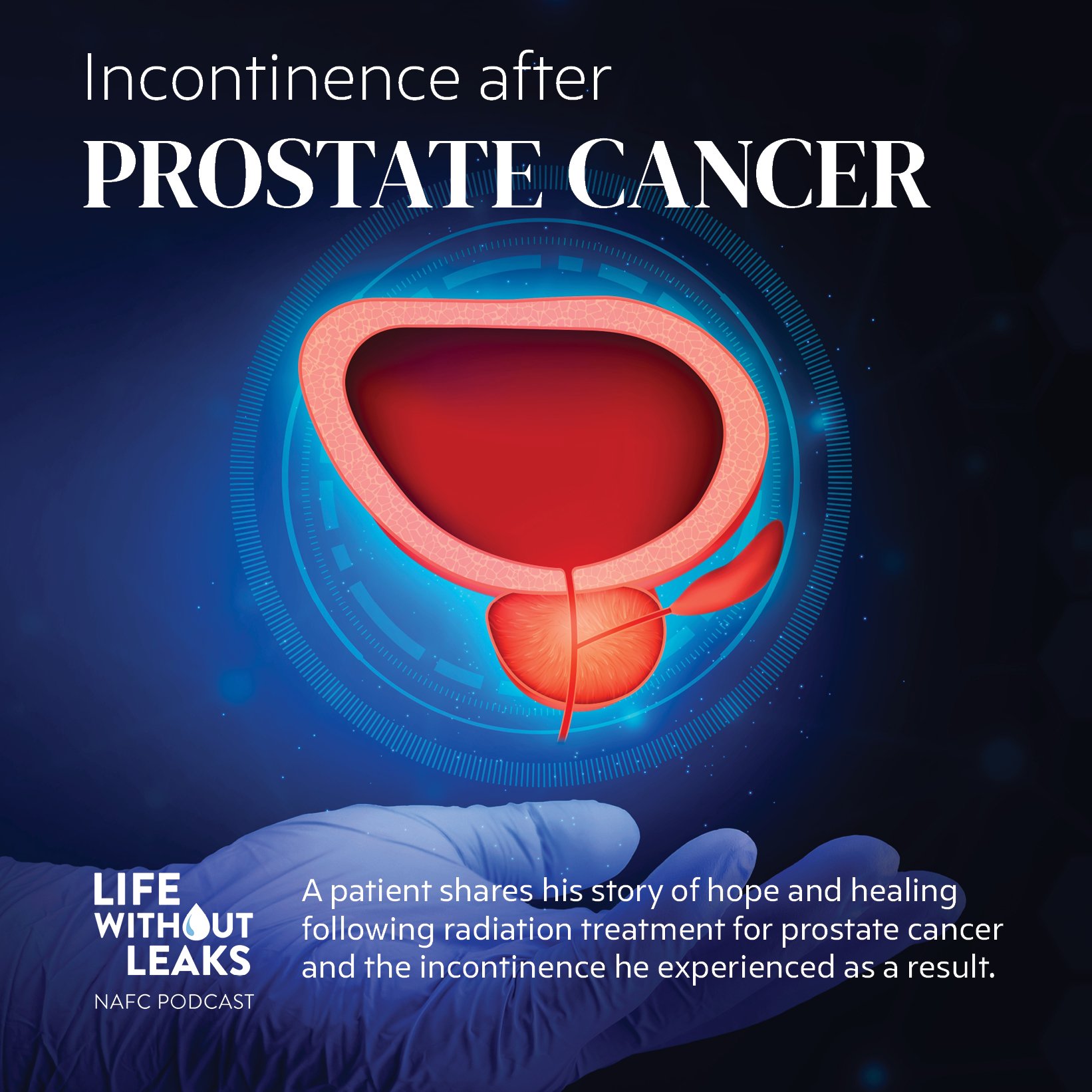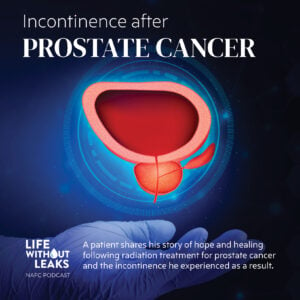It wasn’t long ago that those suffering with fecal incontinence had just a handful of options. They could try behavioral modifications (still largely used today), absorbent products to help manage the condition, bowel retraining, medications, or surgery. But in the last several years, companies have been coming out with more and more innovative products to manage ABL.
We’ve rounded up some of the newest products and therapies to help you control ABL.
Fenix® Implant:
The Fenix® Implant, is a small, flexible band of connected metal beads with magnetic cores that is placed around the anal canal to treat accidental bowel leakage (ABL). The beads will separate temporarily to allow the controlled passage of stool. The magnetic force between the beads then brings the implant back to the closed position to prevent unexpected opening of the anal canal that may lead to ABL.
Renew® Insert:
The Renew® Insert is a new product designed to comfortably fit with your body to form a seal with the rectum, which blocks the anal passage and prevents leaks from occurring.
Eclipse™:
Eclipse™, which is fitted first by a physician, is an inflatable balloon device that is inserted into the vagina. When inflated, the balloon puts pressure through the vaginal wall onto the rectal area, thereby reducing the number of FI episodes.
SECCA:
The SECCA procedure is an outpatient procedure that can be performed in your doctor’s office. It is best used when other more conservative therapies have failed. The non-surgical procedure works by delivering radiofrequency energy to the tissues of the anal canal, causing the tissues to shrink and tighten. SECCA takes about 45 minutes to perform and patients are able to return home 1-2 hours after the procedure. Most patients begin to see an improvement in 4 to 6 weeks.
InterStim™ System:
Sacral Neuromodulation, delivered through the InterStim™ System, works by targeting the communication problem between the brain and the sacral nerves, which control the muscles related to bowel function. This Bowel Control Therapy targets the symptoms of bowel incontinence by modulating the sacral nerves with mild electrical pulses. Sacral Neuromodulation typically only takes about 20 minutes in a doctor’s office.
Talk with your doctor to see if one of these products may work for you. If you need help finding a physician, check out the NAFC Specialist Locator.






